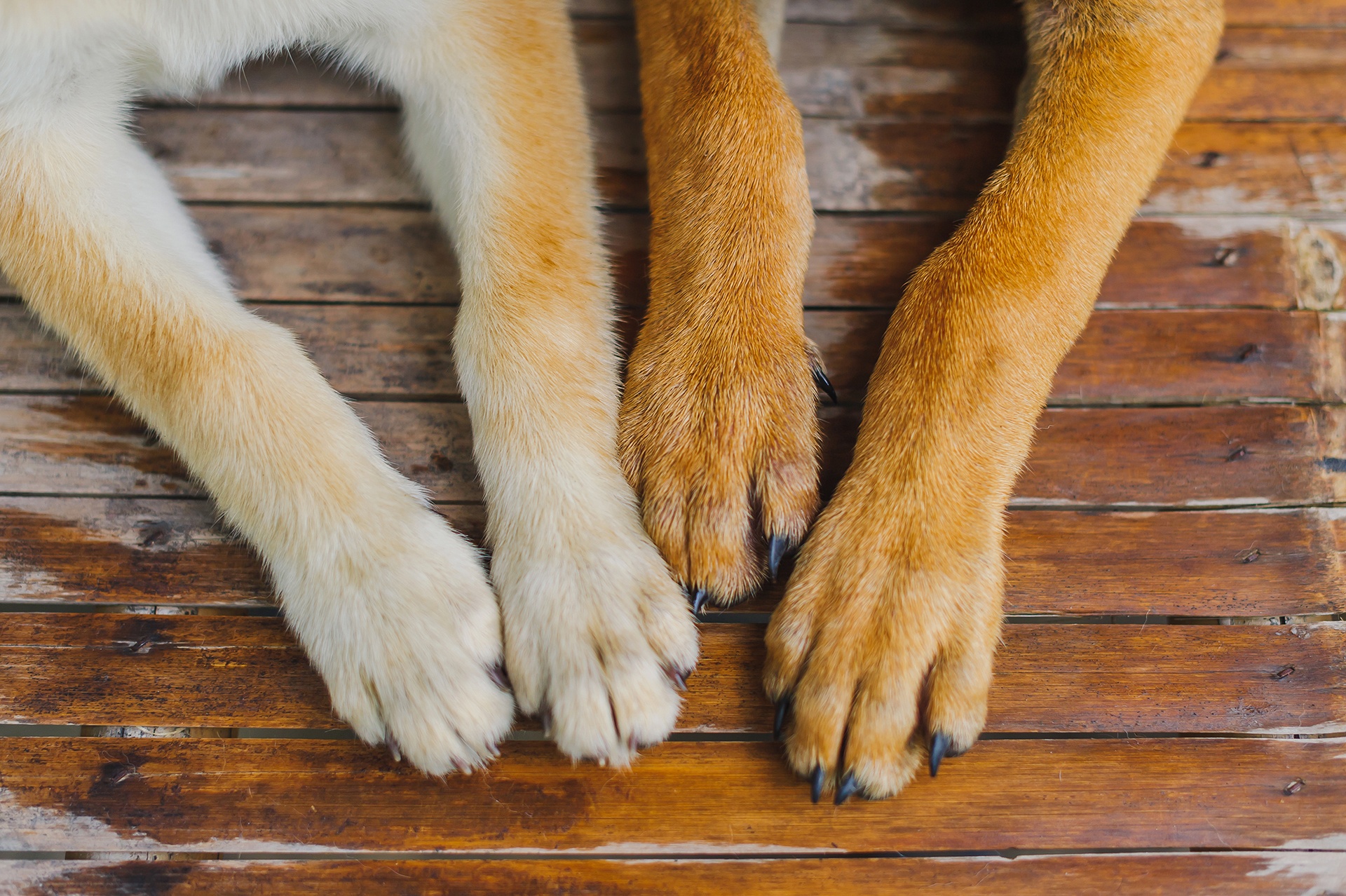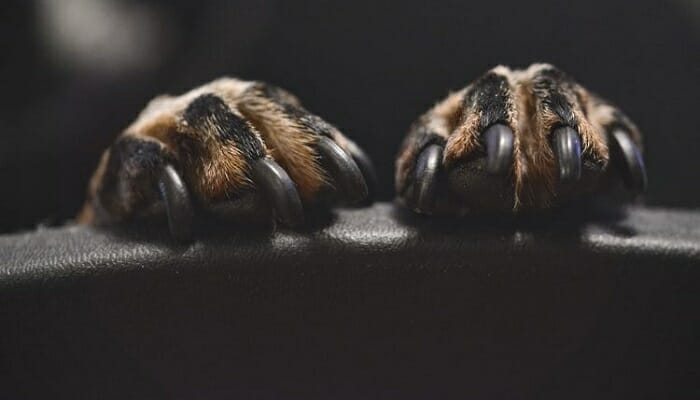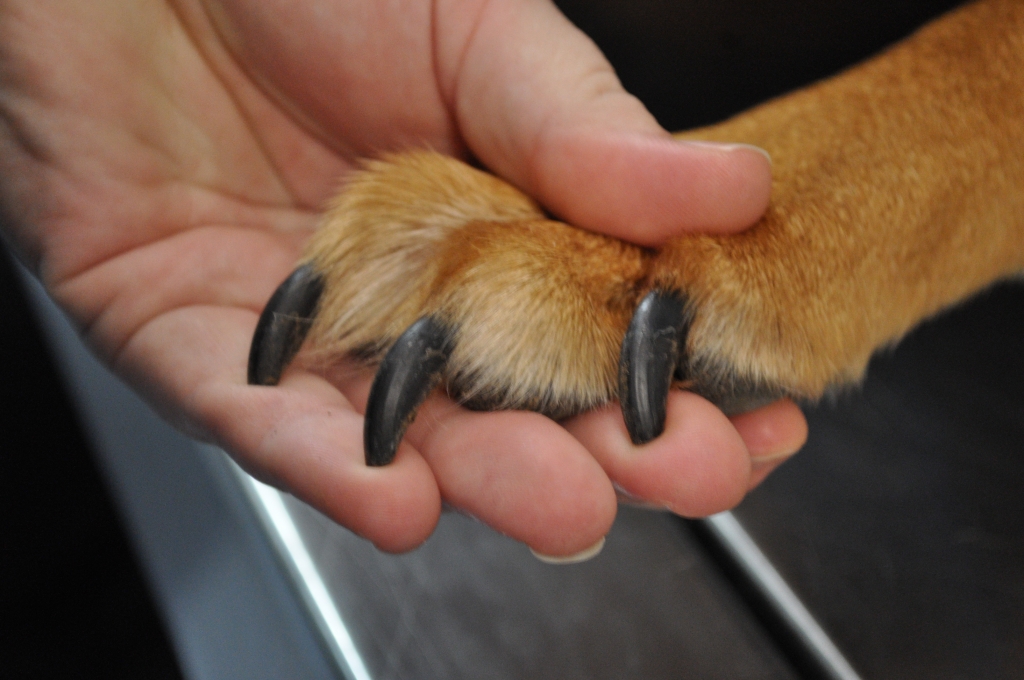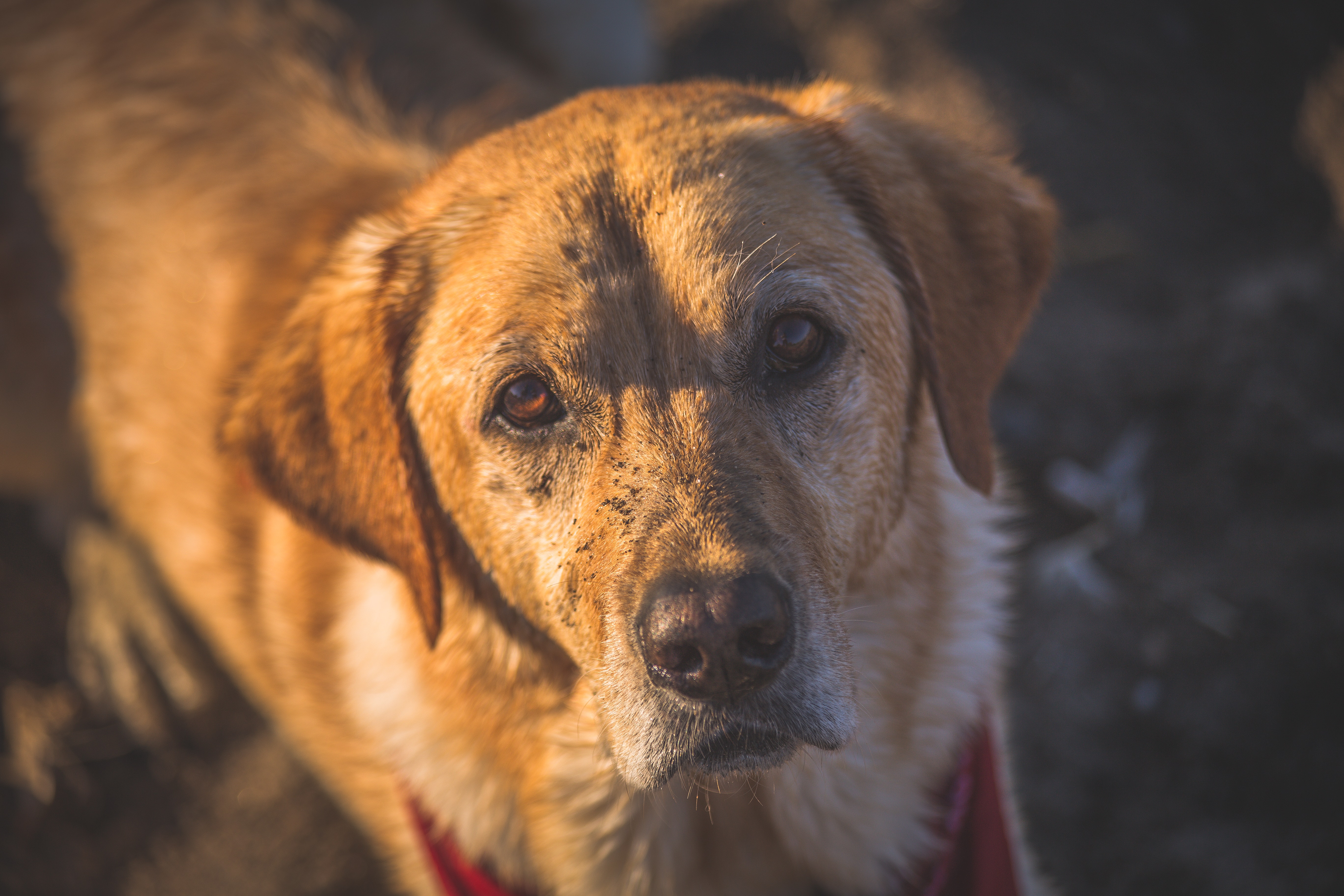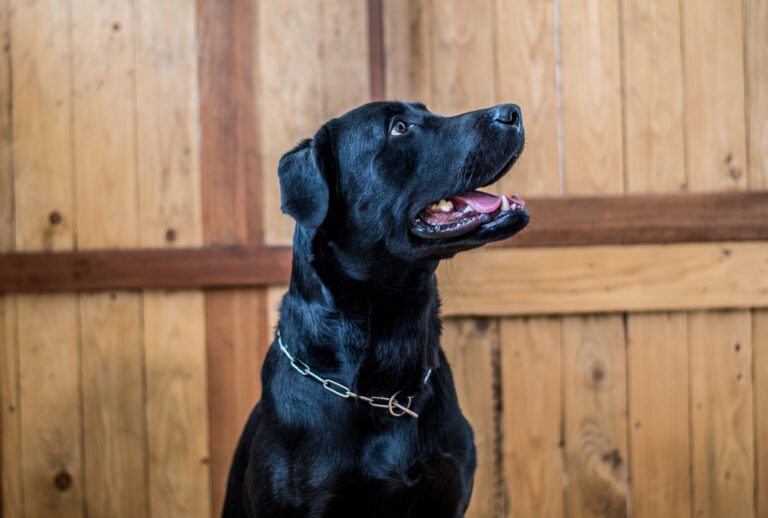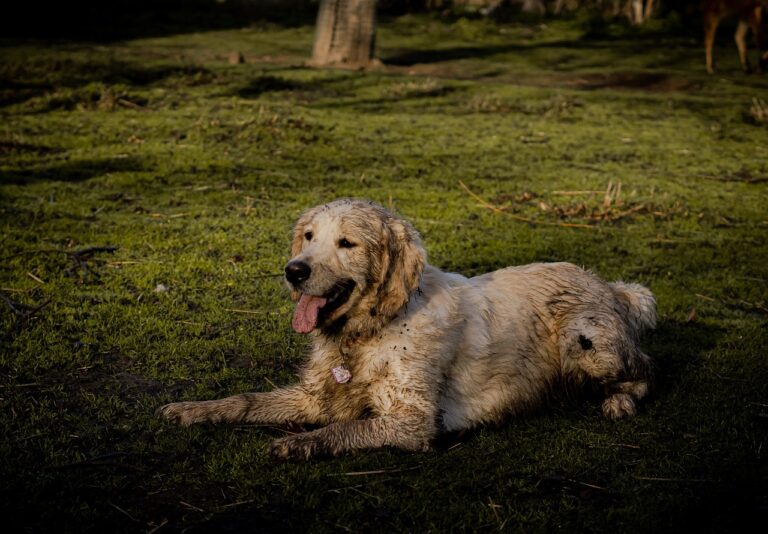Avoiding Overgrown Nails: How Long Should Labrador Nails Be
As a Labrador owner, you may have wondered, “How long should Labrador nails be?” Many pet parents have the same question. Maintaining your furry friend’s nails is an essential, yet often overlooked, aspect of their overall health and well-being. Like us, our four-legged companions can experience discomfort and pain if their nails grow too long. Overgrown nails can lead to many issues, such as altered gait, increased risk of injury, and a negative impact on general happiness.
In this article, we will delve into the importance of nail care for Labradors, discuss the consequences of overgrown nails, and provide an overview of the ideal nail length to keep your canine companion healthy and comfortable.
Understanding Labrador Retriever Nails
Before diving into the details of Labrador nail care, it’s essential to understand the unique structure of a dog’s nail.
🐾The Unique Anatomy of a Dog’s Nail
A dog’s nail comprises two primary components: the hard outer shell (keratin layer) and the sensitive inner part (the quick). The keratin layer provides protection and durability, while the Labrador nail quick contains blood vessels and nerves that supply nutrients to the nail.
For example, imagine your Labrador playing fetch in the park. As they run and dig, their nails come into contact with various surfaces. The keratin layer helps protect the sensitive Quick from damage during these activities.
🐾Comparing Dog Nails and Human Nails
While both human and dog nails are primarily composed of keratin, there are some crucial differences between them:
- Shape: Human nails are flat and thin, while dog nails are thicker and curved.
- Growth pattern: Human nails grow from the nail bed located at the base of the nail, whereas dog nails grow from the quick, which extends through the entire nail.
- Function: Human nails protect our fingertips and aid in precise movements. In contrast, dog nails provide traction, stability, and support during movement, digging, and other activities.
These differences highlight the importance of correctly understanding and caring for your Labrador’s nails, as their needs and vulnerabilities differ from ours.
🐾The Importance of the Quick
As mentioned earlier, the quick is the sensitive inner part of a dog’s nail that contains blood vessels and nerves. It is critical in supplying nutrients to the nail and promoting healthy growth rates.
When trimming your Labrador’s nails, avoiding cutting the Quick is crucial, as doing so can cause significant pain and bleeding. The quick for dogs with light-colored nails is relatively easy to see, appearing as a pinkish area within the nail. However, identifying the quick can be more challenging for those with dark or black nails, requiring extra care and attention during trimming.
How Long Should Labrador Nails Be?
Determining the ideal nail length for your Labrador is crucial to prevent discomfort and potential health issues. In this section, we’ll discuss the perfect nail length for Labradors, factors that can affect nail growth and length, and signs that your furry friend’s nails are too long.
📌The Ideal Nail Length for Labradors
The ideal length for a Labrador’s nails is about 2 millimeters (0.08 inches) or just above the ground when standing. When your dog walks on a flat surface, their nails should barely touch the ground or not touch it at all. Maintaining this length ensures that your Labrador’s nails don’t cause discomfort or interfere with their natural gait.
For example, picture your Labrador walking on a tiled floor. If you can hear their nails clicking against the surface, it’s likely time to trim Labrador nails.
📌Factors Affecting Nail Growth and Length
Several factors can influence your Labrador’s nail growth and length, including:
- Age: Younger dogs tend to have faster nail growth than older ones.
- Nutrition: A balanced diet with proper nutrients contributes to healthy nail growth.
- Activity level: More active dogs, especially on hard surfaces, may experience natural wear and tear on their nails, reducing the need for frequent trimming.
- Genetics: Some dogs may have faster-growing nails due to their genetic makeup.
Knowing these factors can help you determine how often to trim your Labrador’s nails and ensure they maintain a comfortable length.
📌Signs Your Labrador’s Nails Are Too Long
Regularly monitoring your dog’s nails is essential to identify overgrowth signs. Here are some indicators that your Labrador’s nails might be too long:
- Clicking sounds: As mentioned earlier, if you can hear your dog’s nails clicking on hard surfaces when they walk, it’s time for a trim.
- Altered posture or gait: If your Labrador is walking differently or seems to favor certain paws, their nails may be causing discomfort.
- Visible curling: When nails become overly long, they may curl under, potentially digging into the paw pads and causing pain.
- Reluctance to walk or play: Long nails might be the culprit if your normally active Labrador is suddenly hesitant to engage in physical activities.
Consequences of Overgrown Nails
Overgrown nails can lead to a host of problems for your Labrador, such as:
✔Physical Discomfort and Pain
Long nails can cause significant discomfort and pain for your Labrador. As the nails grow, they can curl under and dig into the sensitive paw pads, leading to irritation and infection. Additionally, long nails can press against the ground when walking or running, forcing the nail to push back into the nail bed, causing pain and discomfort.
Imagine walking around in shoes that are too small or with an object pressing against your toenail. That’s what overgrown nails can feel like for your Labrador.
✔Altered Gait and Posture
When your Labrador’s nails are too long, they may be forced to adjust their gait and posture to avoid discomfort. This unnatural movement can strain their joints and muscles, potentially leading to long-term arthritis or hip dysplasia.
For example, a dog with overgrown nails might walk on the sides of their paws or lift their feet higher than usual, causing unnecessary strain on their limbs and joints.
✔Increased Risk of Injury
Long nails are more prone to getting caught on surfaces, objects, carpets, and rugs. It can result in torn or broken nails, which can be extremely painful and may require veterinary intervention.
Moreover, if your Labrador is playing with other dogs, their long nails might accidentally scratch or injure their playmates, leading to potential conflicts.
✔Impact on Overall Health and Well-Being
The combination of pain, discomfort, altered gait, and increased risk of injury due to overgrown nails can significantly impact your Labrador’s overall health and well-being. Your dog may become more irritable, less active, and even depressed due to the constant discomfort they experience.
How to Trim Your Labrador’s Nails
Trimming your Labrador’s nails properly is essential for their comfort and well-being. This section will guide you through choosing the right tools, creating a positive environment, and safely trimming your dog’s toenails. We’ll also provide tips for dealing with black or dark-colored nails.
💯Choosing the Right Tools
Selecting the appropriate tools for trimming your Labrador’s nails is crucial for a successful grooming session. There are two main types of nail clippers to consider:
- Scissor-style clippers: These dog nail clippers work like scissors, with two blades that cut dog nails when you squeeze the handles together. They are ideal for dogs with thicker nails, like Labradors.
- Guillotine-style clippers: These Labrador nail clippers have a hole through which you insert the nail and a blade that slides across to trim the nail when the handles are squeezed. They are better suited for smaller dogs with thinner nails.
Alternatively, you can use a nail grinder, which files down the nail using a rotating grinding surface. Grinders are great for achieving a smooth finish and can be less intimidating for some dogs. Choose the tool you feel most comfortable using that best suits your Labrador’s needs.
💯Creating a Positive and Stress-Free Environment
Before trimming, make your dog comfortable and relaxed. Choose a quiet, well-lit area where your dog feels at ease. You might want treats to reward your dog throughout the process and create a positive association with nail trimming.
💯Step-by-Step Guide to Trimming Nails Safely
Follow these steps to safely trim your Labrador’s nails:
- Hold your dog’s paw and separate the toes to expose the nail.
- Identify the quick, sensitive part of the nail containing blood vessels and nerves. Light-colored nails appear as a pinkish area. For dark-colored nails, proceed cautiously, trimming small amounts at a time.
- Position the clippers or grinder at a 45-degree angle to the nail, just above the quick.
- Trim the nail in small increments, careful not to cut the Quick.
- If using clippers, smooth rough edges with a nail file or grinder.
- Reward your dog with treats and praise after each nail is trimmed.
💯Tips for Dealing with Black or Dark-Colored Nails
Trimming black or dark-colored nails can be challenging because the quick is harder to see. Here are some tips to help:
- Use a bright light to illuminate the nail, which may help make the quick more visible.
- Trim small amounts at a time, checking for a small dark dot in the center of the cut surface. It indicates you’re getting close to the quick.
- If you unintentionally cut the quick, don’t panic. Apply cornstarch or styptic powder to prevent bleeding and comfort your dog.
How Often to Trim Your Labrador’s Nails
Establishing a regular nail care routine is essential for maintaining your Labrador’s comfort and well-being.
📅Factors Influencing Nail Growth Rate
As mentioned earlier, several factors can affect your Labrador’s nail growth rate, including:
- Age: Younger dogs tend to have faster nail growth than older ones.
- Nutrition: A balanced diet with proper nutrients contributes to healthy nail growth.
- Activity level: More active dogs, especially on hard surfaces, may experience natural wear and tear on their nails, reducing the need for frequent dog nail trimming.
- Genetics: Some dogs may have faster-growing nails due to their genetic makeup.
Knowing these factors can help you determine the ideal trimming frequency for your Labrador.
📅Recommended Trimming Frequency
Most Labradors need their nails trimmed every 3-4 weeks. However, this recommendation can vary depending on the abovementioned factors and individual differences between dogs. Monitoring your dog’s nails regularly and adjusting the trimming frequency to maintain the ideal length is essential.
For example, if your Labrador spends much time running on pavement, their nails might wear down more quickly, requiring less frequent trimming. On the other hand, a less active dog might need more frequent nail trims to keep their nails at a comfortable length.
📅Adjusting Your Trimming Schedule Based on Your Dog’s Needs
Each dog is unique, and it’s crucial to tailor your trimming schedule to accommodate your Labrador’s needs. Monitor your Labrador’s nails and adjust the trimming frequency based on age, activity level, and nail growth rate.
Monitor your Labrador’s nails for signs of overgrowth, such as clicking sounds when walking on hard surfaces or visible curling. If you notice any of these signs, it’s time for a trim.
Frequently Asked Questions
Q: What if my Labrador’s nails are already overgrown?
A: If you’re the proud owner of a Labrador, you likely have some experience with their ever-growing nails. It can be easy to let their nail trimming slip by unnoticed until, one day, you realize they’ve turned into tiny daggers. Consult a professional groomer or veterinarian for safely trimming overgrown nails. They may recommend gradual trimming to avoid cutting the Quick. While your pup may not love having their nails trimmed, a little extra TLC and maybe even a few tricks can help make the process more positive for you and your furry friend.
Q: How can I prevent overgrown nails in the future?
A: As someone who has dealt with overgrown nails, I understand the frustration and discomfort that comes with it. Nobody wants to deal with the hassle of constantly filing down their nails just to avoid snagging on something. Establish a regular nail care routine, encourage activities that naturally wear down nails (such as walking on pavement), and monitor your dog’s nails for signs of overgrowth.
Q: What if my Labrador’s nails are black or dark colored?
A: Trimming dark-colored nails can be challenging because the quick is harder to see. Use a bright light to illuminate the nail and trim small amounts at a time to avoid cutting the Quick. If you accidentally cut the quick, comfort your pup and stop the bleeding and apply cornstarch or styptic powder. You can safely trim your Labrador’s black or dark-colored nails with extra patience and caution.
Final Thoughts
Maintaining your Labrador’s nail length is crucial to its health and well-being. Overgrown nails can lead to discomfort, pain, and even long-term health issues. As a responsible pet parent, it’s essential to establish a regular nail care routine tailored to your dog’s individual needs. Consider age, activity level, and nutrition when determining the ideal trimming frequency for your furry friend.
If you’re ever unsure about nail care or encounter difficulties trimming your dog’s nails, don’t hesitate to consult a professional groomer or veterinarian for guidance. Ultimately, keeping your Labrador’s nails at an appropriate length will contribute to their happiness, comfort, and quality of life.
We encourage you to share your experiences and tips for Labrador nail care in the comments below. Let’s create a supportive community where we can learn from one another and ensure the best possible care for our beloved pets.

